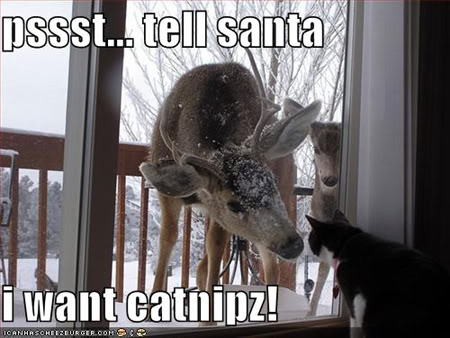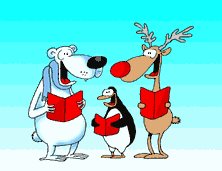Purple Prose:
12 days of Christmas
The Twelve Days of Christmas for Writers: Day Eleven

The Twelve Days of Christmas for Writers: Day Ten

The Twelve Days of Christmas for Writers: Day Nine

The Twelve Days of Christmas for Writers: Day Eight

The Twelve Days of Christmas for Writers: Day Five

The Twelve Days of Christmas for Writers: Day Four

The Twelve Days of Christmas for Writers: Day Three

The Twelve Days of Christmas for Writers: Day Two

The Twelve Days of Christmas for Writers: Day One
